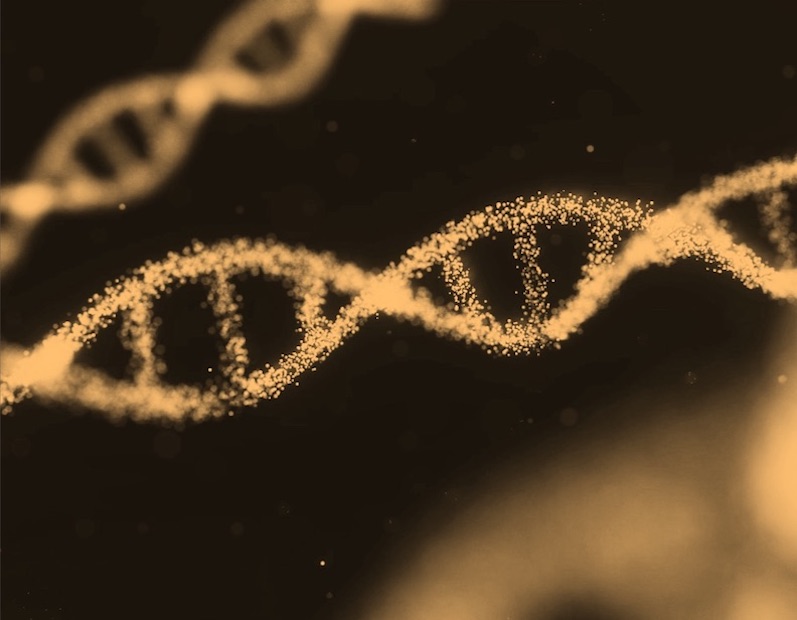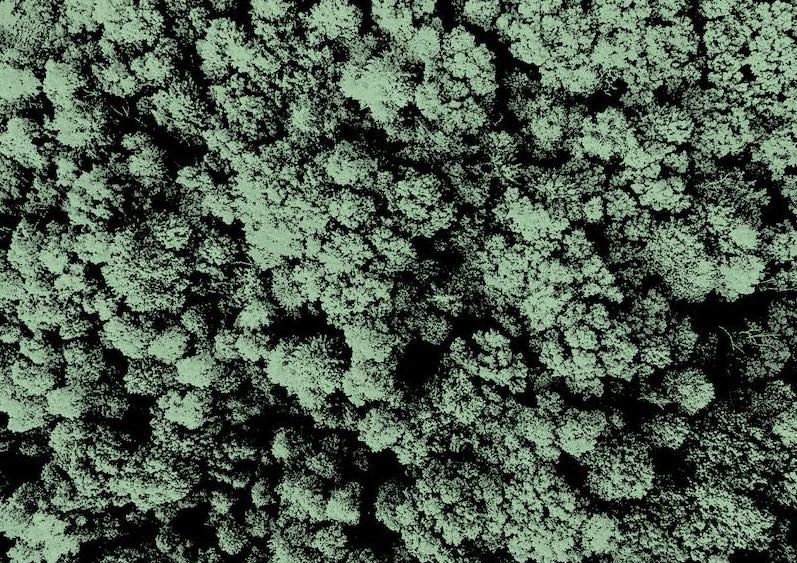What is it about?
PFAS (per- and polyfluoroalkyl substances) are a group of synthetic fluoroorganic compounds known for their unique chemical properties. Their strong chemical bonds contribute to their persistence in the environment. Currently, these compounds receive less attention; however, they pose serious health problems. This overview highlights the pathways and mechanisms of specific PFAS, including the biotransformation pathways of 6:2 FTOH and 8:2 FTOH, as well as the fragmentation pathways for PFOA, PFOS, and 8:2 FTOH when degraded by the fungus Phanerochaete chrysosporium.
Featured Image

Photo by Sime Basioli on Unsplash
Why is it important?
This research offers eco-friendly solutions to reduce the persistent per- and polyfluoroalkyl substance contaminants in the environment and protect ecosystems. The study's recommendation in the integration of plants and fungi into constructed wetland technology holds promise for effective PFAS removal.
Perspectives
This study recommended the use of a relatively new concept of multiple synergetic technologies, also known as “treatment train,” which will combine microorganisms, fungi, and plants for effective remediation of PFAS both in situ and ex situ.
Dr Oladayo Amed Idris
North-West University
Read the Original
This page is a summary of: Degradation pathways of perfluoroalkyl and polyfluoroalkyl compounds: Removal in water and soil using fungi and plant-based remediation, Environmental Advances, December 2024, Elsevier,
DOI: 10.1016/j.envadv.2024.100598.
You can read the full text:
Contributors
The following have contributed to this page







